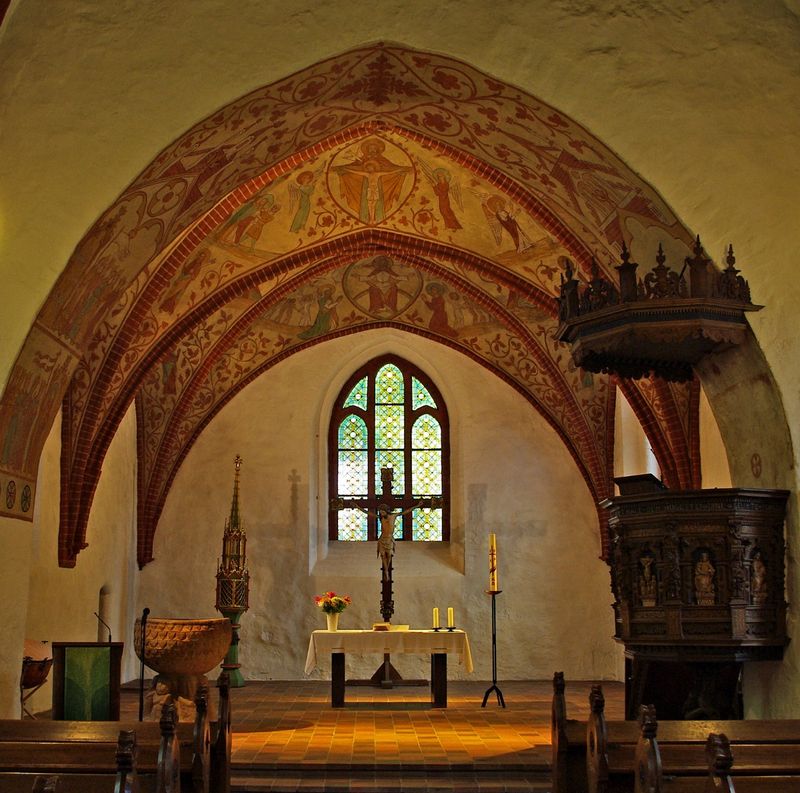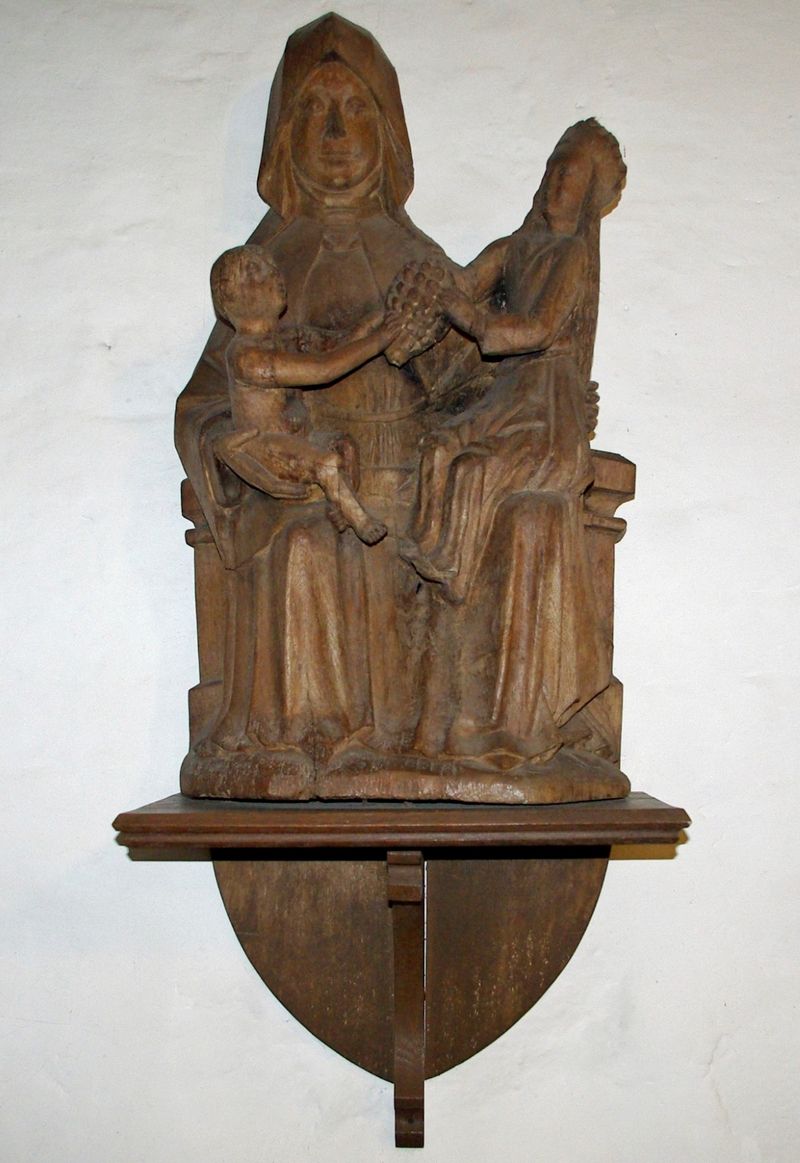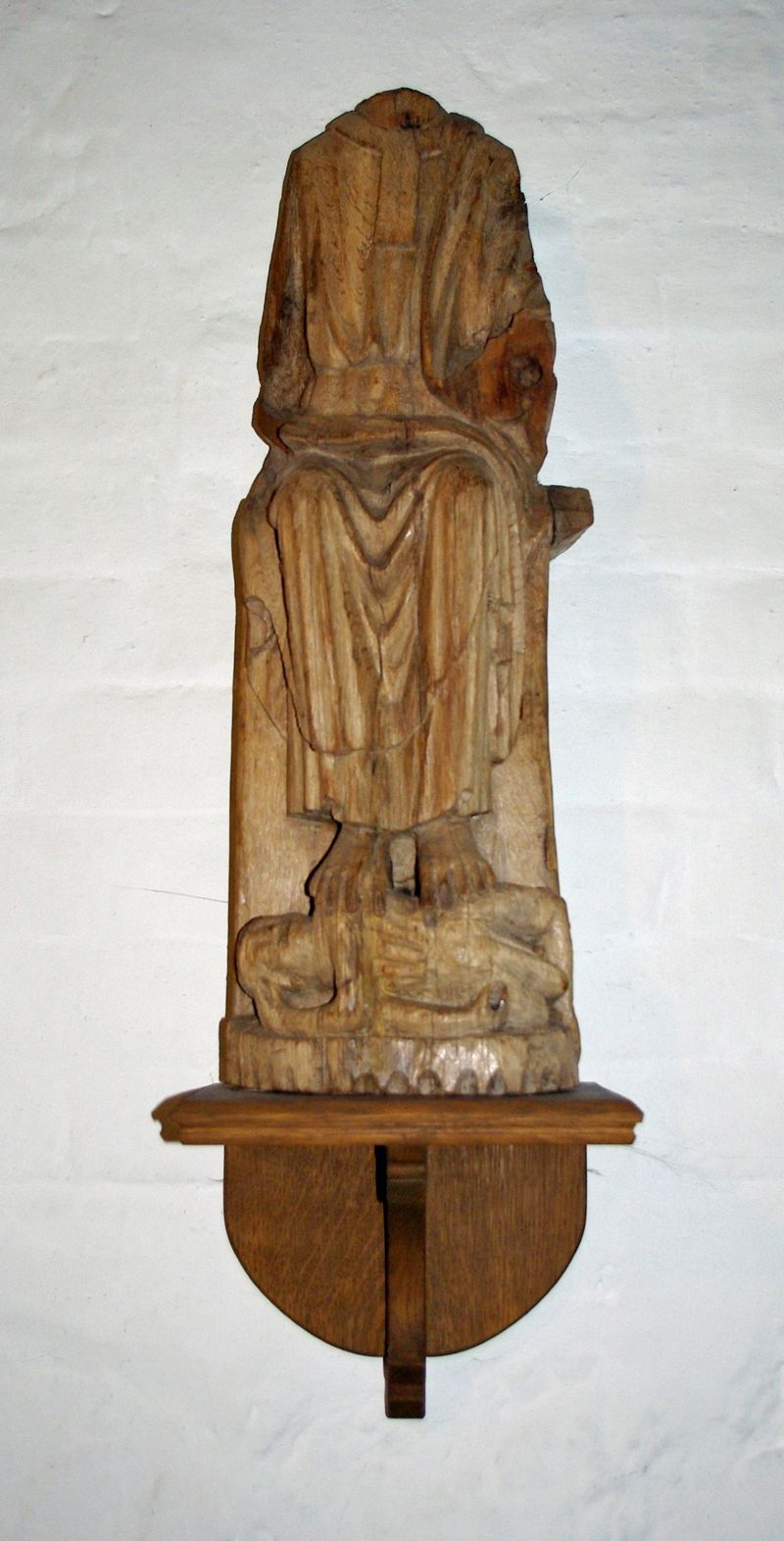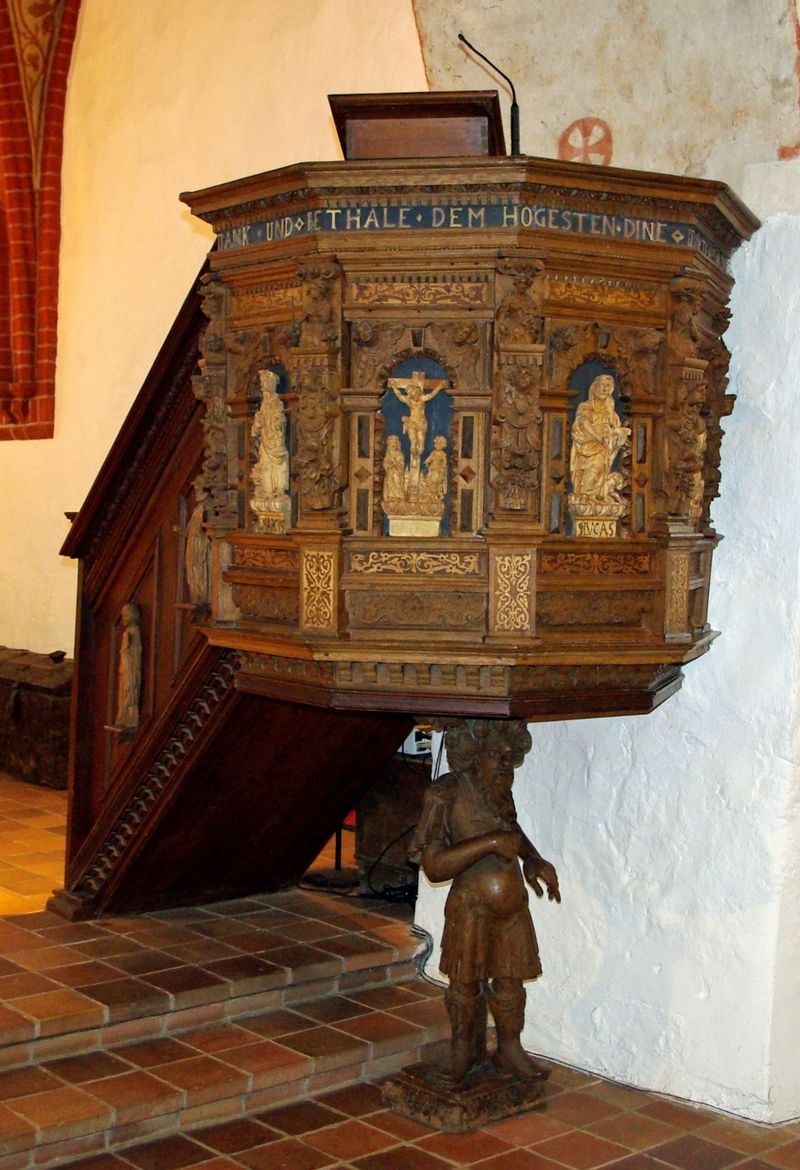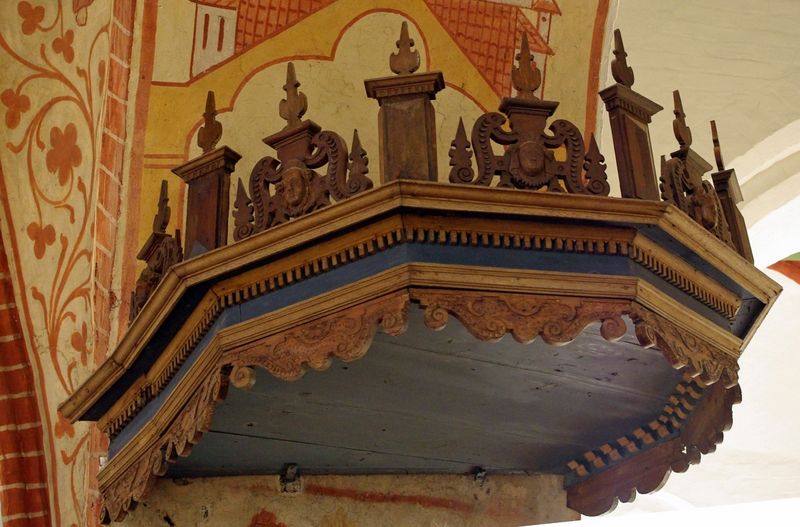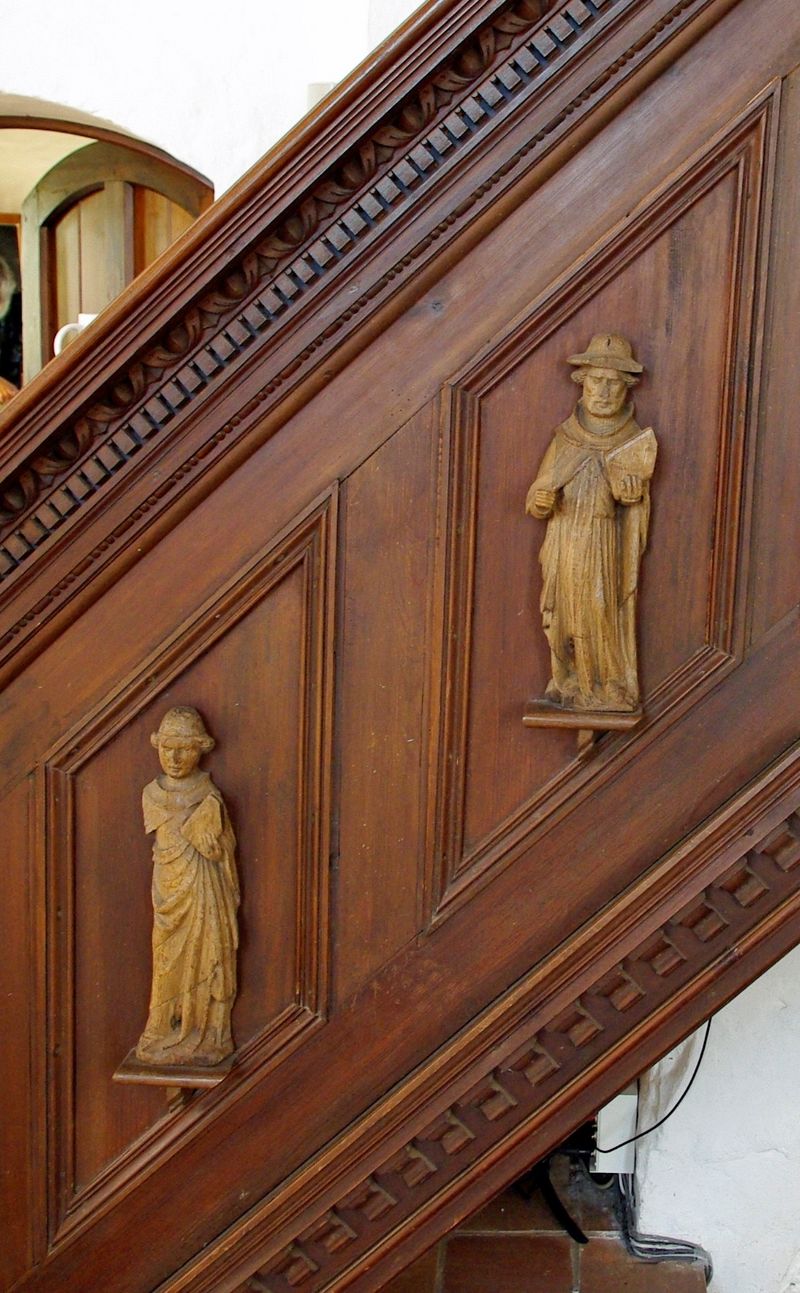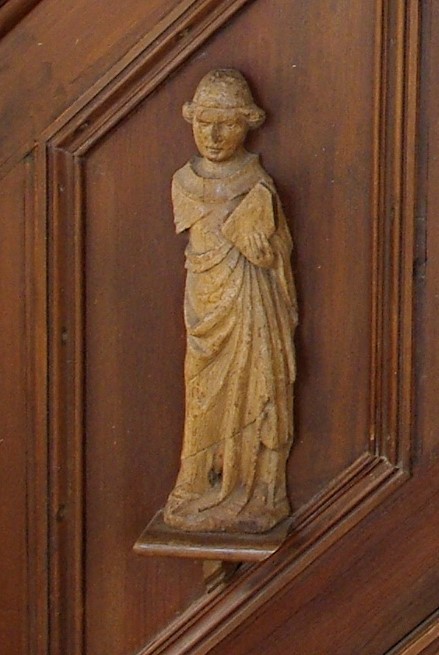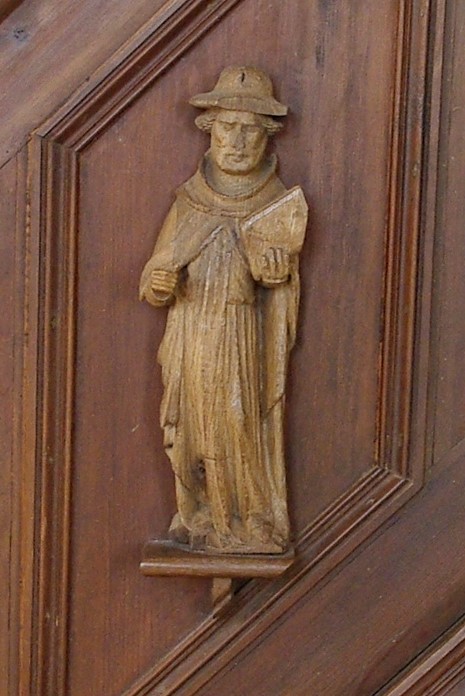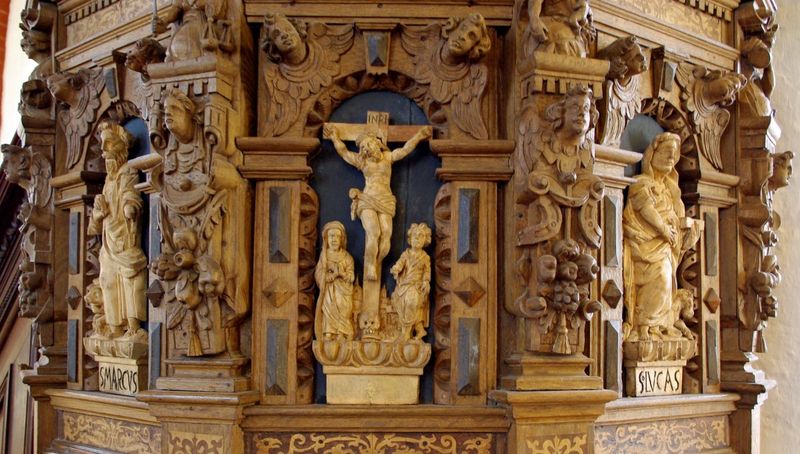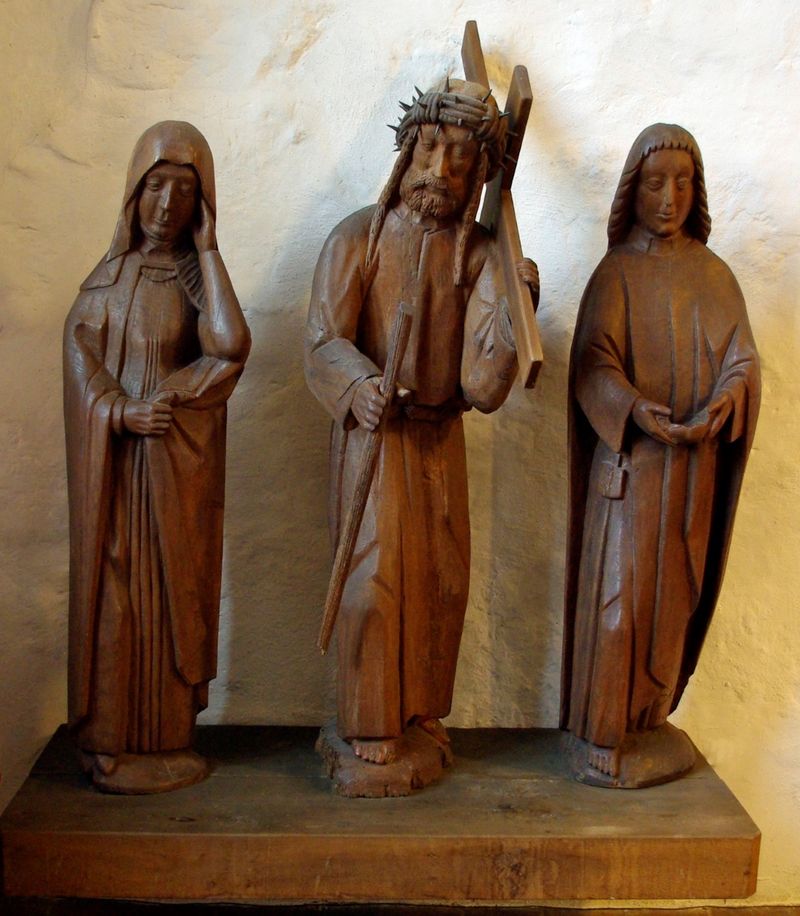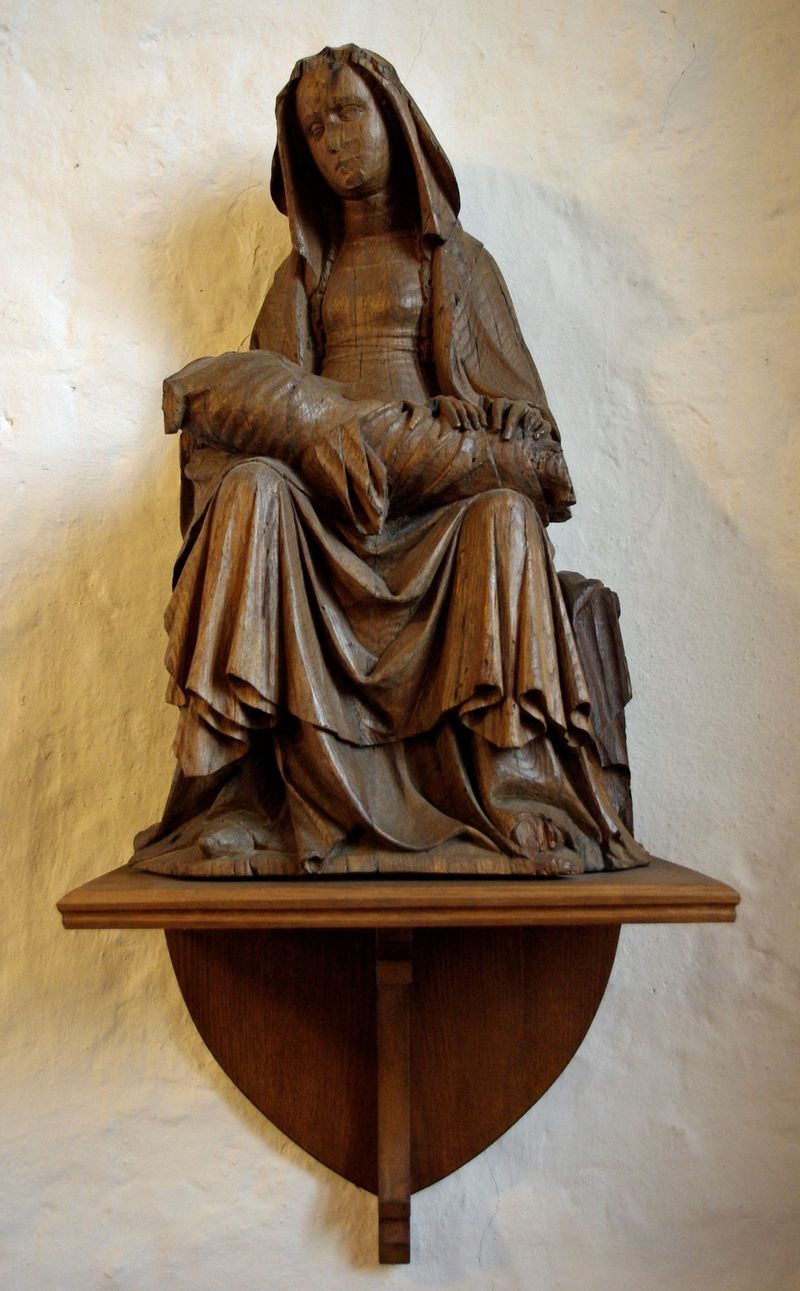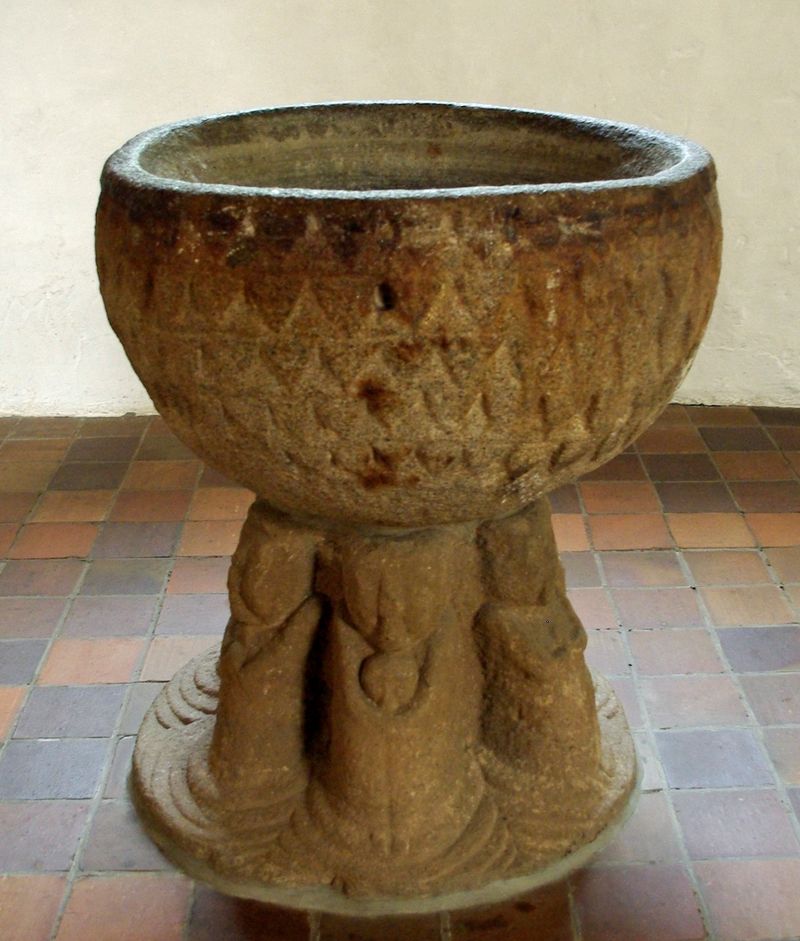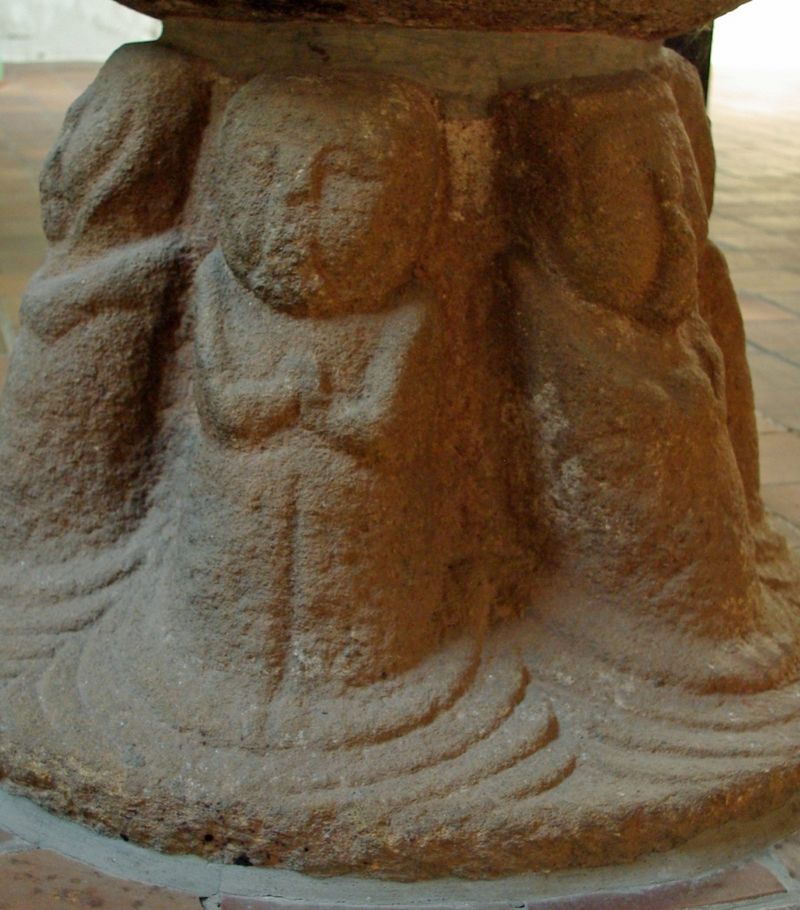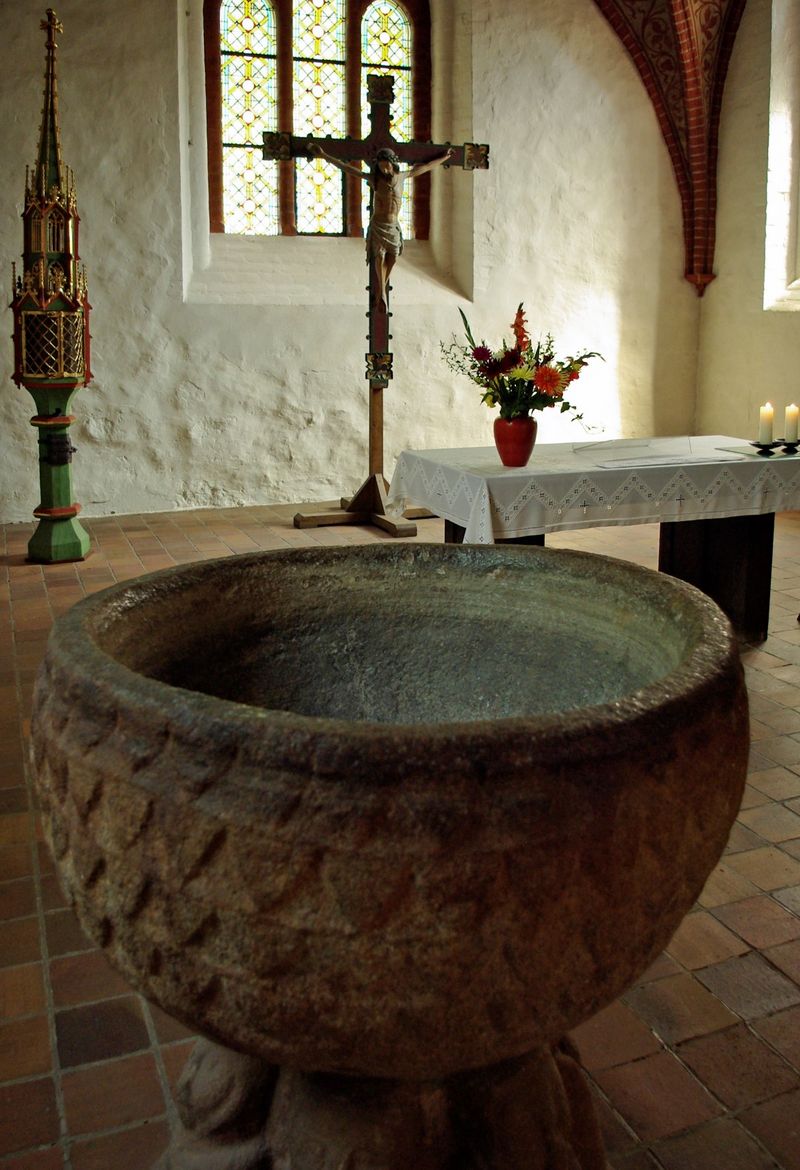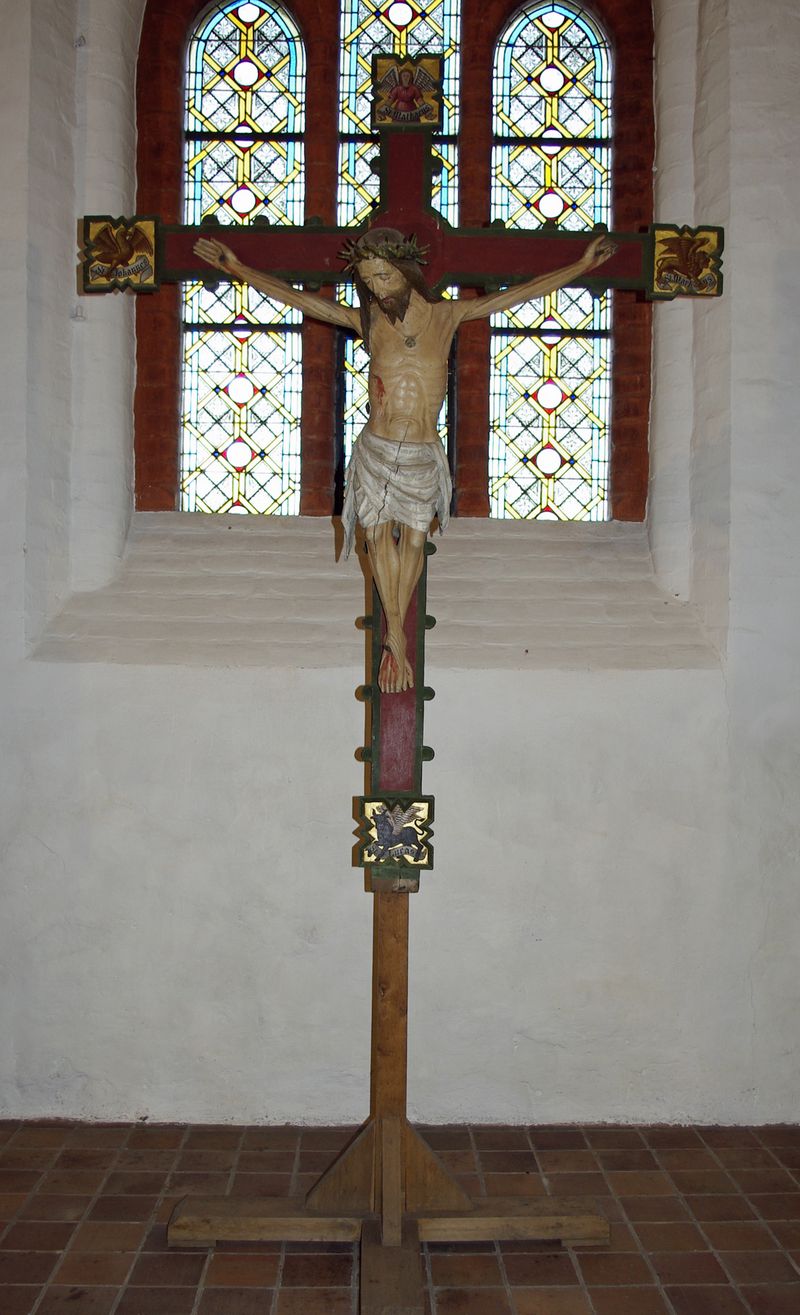English summary
The Förderverein Dorfkirche Lichtenhagen
The "Förderverein Dorfkirche Lichtenhagen" (society for sustaining the church buildings of Lichtenhagen) was founded in 1996. The purpose of its activity is the investigation of the church's history as well as the preservation of the church building and its affiliated buildings.
The "Förderverein" is integrated into the church community of Lichtenhagen. Its guidelines, however, contain no religous restrictions for its members.
Historical buildings
The village of Lichtenhagen dates back to an early settlement from the 13th century. In 1264 it was officially mentioned for the first time. The main part of the church dates back to the late 14th century. The roof of the church tower has existed in its present form since 1514 according to dendrochronological investigations. Parts of the wooden roof structure are still older, dating from around 1230, which indicates, that a wooden building might allready have existed in the same place.
Objects of cultural and historical interest
During the centuries the interior of the church changed its shape from its original gothic style to baroque, and finally to a neo-gothic style in the 19th century. The most remarkable objects are:
The "Holy Olaf"
The age of this wooden sculpture has been determined by using the radiocarbon C14-method and was found to date back to 1100. The sculpture itself was created around 1250 according to art historical estimations. The "Holy Olaf" lost his head during world war II when it was stored at another location before it was returned to the church again.
The "Pieta"
This wooden sculpture was carved by a local artist around 1360. The sculpture lost its arms due to a fate similiar to that of the "Holy Olaf".
The pulpit
The richly decorated pulpit dates back to the late renaissance and has recently been restored.
Wall frescoes
The painting in the vaults present scenes from biblical history. They imitate paintings from the middle ages but were painted in the 19th century.
(Translation: Prof. Dr. Andreas Heintz)
